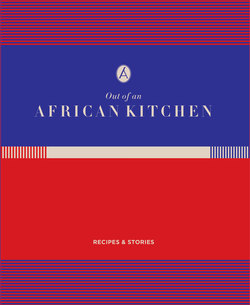Читать книгу Out of an African Kitchen - Nicky Fitzgerald - Страница 20
На сайте Литреса книга снята с продажи.
ОглавлениеSwahili dreaming
The recorded history of Kenya dates back over 1 000 years and its cuisine reflects its multicultural past. Sometime during the first millennium, Arab traders sailed their way south in dhows during the monsoon, kicking off a brisk trade with coastal inhabitants in ivory, gold, slaves and timber. Arab-Swahili states sprung up from Mozambique Island in the south to lovely Lamu in the north, and these important centres traded goods between the Kenyan interior and Arabia, Persia and China. Vasco da Gama sailed into Mombasa in 1498 and 200 years of Portuguese rule followed. The Omanis sent the Portuguese packing in 1730 and settled in until British rule replaced them in 1895.
The trade in slaves and ivory was, thankfully, replaced by trade in spices. Kenya’s beautiful coastal areas are planted with cloves, cinnamon, cardamom, turmeric, cumin and coriander. Chillies, vanilla, all manner of spices, coconuts, tropical fruits and fresh fish in abundance still form the building blocks of Swahili cuisine up to the present. A significant influence on Kenyan cooking was brought by thousands of indentured labourers recruited from India between 1896 and 1901 to construct the Uganda Railway. Indian cuisine is served in some of the finest restaurants in the country to this day. But more of that in a later chapter.
